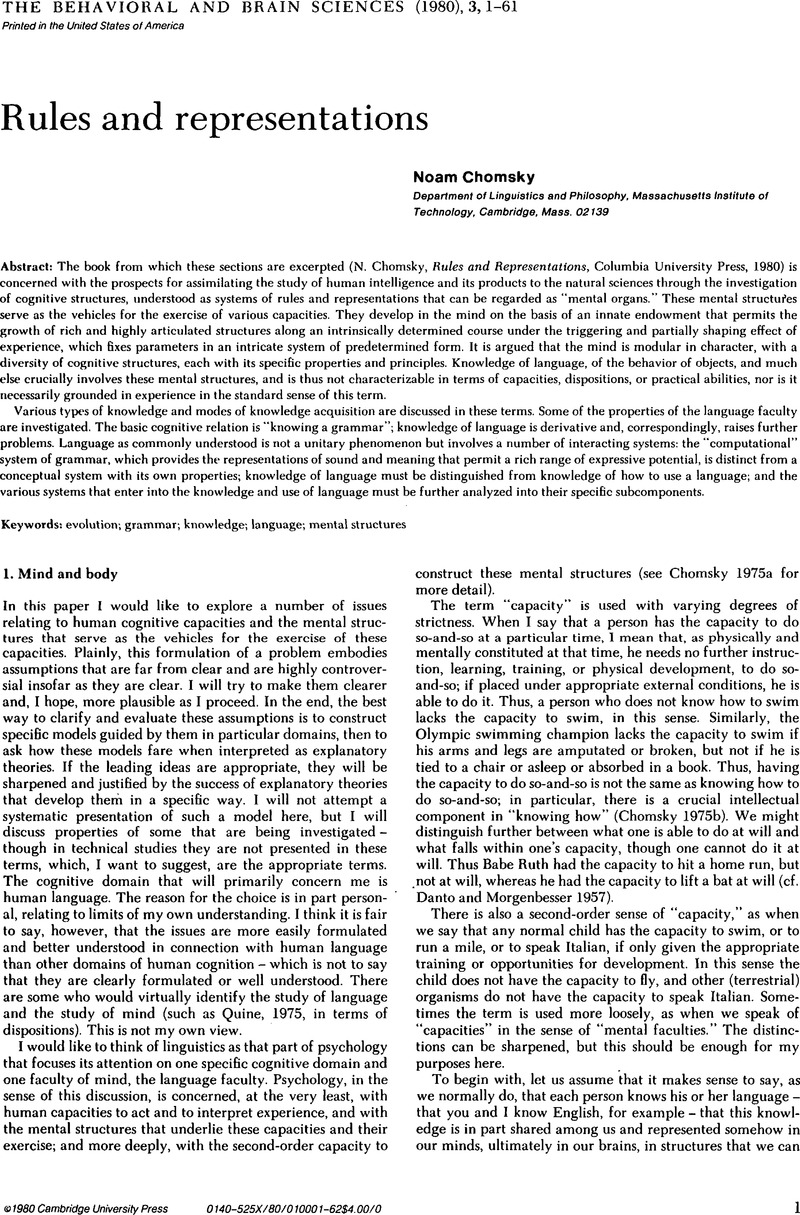Crossref Citations
This article has been cited by the following publications. This list is generated based on data provided by Crossref.
Hudson, Patrick T.W.
1983.
A rose is a rose is a rose: Minimalism in perception.
Acta Psychologica,
Vol. 53,
Issue. 2,
p.
163.
Paniagua, Freddy A.
1986.
Synthetic Behaviorism: Remarks on Function and Structure.
The Psychological Record,
Vol. 36,
Issue. 2,
p.
179.



